Natural resources are anything humans use that are obtained from the Earth. Some natural resources have taken millions of years to form and will not last forever, like fossil fuels. Other natural resources have been around for billions of years and could be around for billions more, like sunlight.
To better understand natural resource distribution…
LET’S BREAK IT DOWN!
Renewable resources
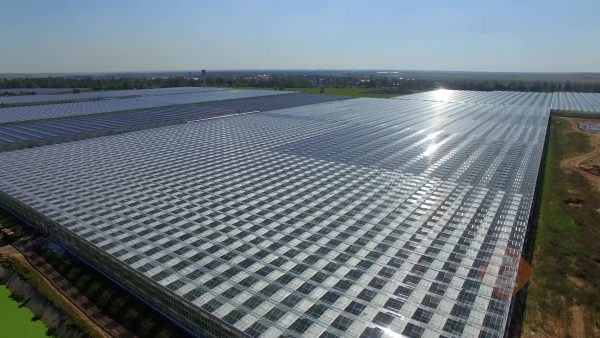
Some natural resources are considered renewable; for example, humans produce electricity by harnessing the wind using wind turbines and collecting sunlight with solar panels. These renewable resources can be used continuously and have the potential to last for millions or even billions of years. Many people are using renewable resources to power their homes. There are even pocket size solar panels you can use to charge things like your cell phone when there is no wall plug around. Scientists think these resources have been around the Earth was created and there is evidence that humans have used these resources for centuries.
Non-renewable resources.
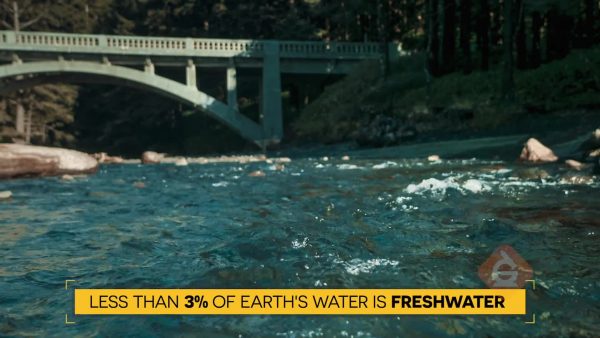
Some of Earth’s resources are considered non-renewable, which means they cannot be replenished within a person’s lifetime and include things like fossil fuels, precious metals, and groundwater aquifers. As humans use non-renewable resources, they need to consider alternative products to replace these resources as they continue to be depleted. Currently, scientists are developing alternative ways to power cars, like electricity and hydrogen, to decrease their dependency on fossil fuels. There are other problems with using non-renewable resources such as when extraction damages the environment.
Earth can be divided up into "four spheres" that all contain natural resources.
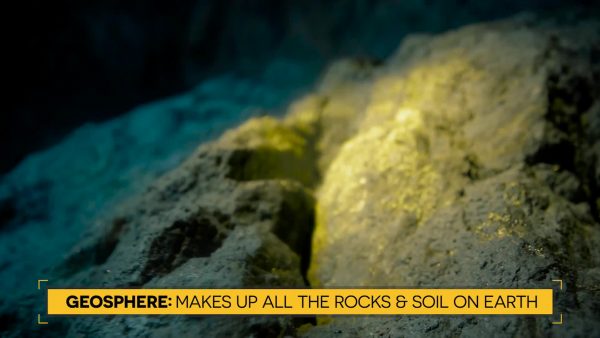
Earth is made up of the geosphere, atmosphere, biosphere, and hydrosphere. Each of the four spheres contain resources that humans need. The geosphere contains soil, minerals, and metals. Gases that plants and animals need for survival, like oxygen and carbon dioxide, are part of the atmosphere. The biosphere comprises all the living things on Earth. The hydrosphere makes up all water found on Earth, including water vapor, ice, and liquid water.
Fossil fuels are made from ancient living things.
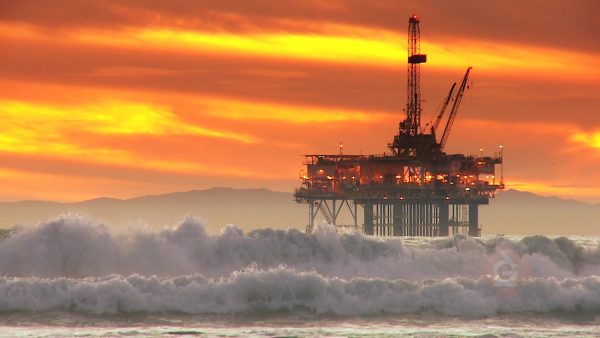
Fossil fuels are considered a non-renewable resource and include things like oil, natural gas, and coal. Fossil fuels were made from the decomposition of once-living things. As these dead organisms decomposed, they created huge deposits of these fossil fuels underground in certain parts of Earth. For example, oil was created when large amounts of plankton, found in water, decomposed. This is why we find large amounts of oil buried under the sea floor and in regions that used to be covered in water. Since all living things contain carbon, fossil fuels emit carbons when they are burned, producing what we call carbon emissions.
Careers in Science: Conservation biologist
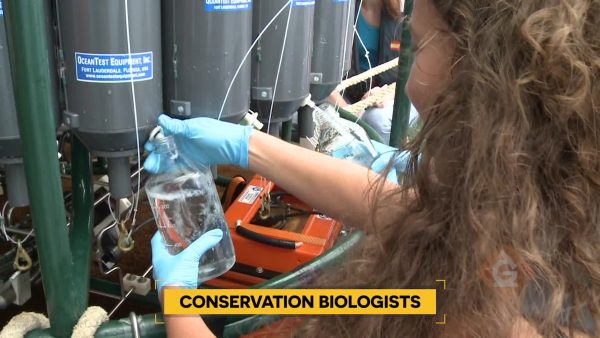
A conservation biologist studies how humans impact the environment when they are searching for and extracting natural resources from the Earth. These scientists keep track of the environment both before and after the activities to ensure that what humans are doing affect the natural environment as little as possible. Many different kinds of things need to be considered before we take things from Earth, including making sure humans are not destroying the habitat of endangered species. Conservation biologists also make sure when accidents happen that the environment is restored as best as possible so the environment is not damaged beyond repair.
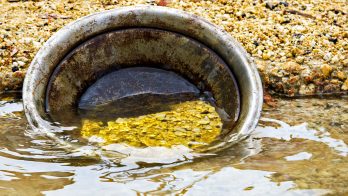
































































































































 Select a Google Form
Select a Google Form












